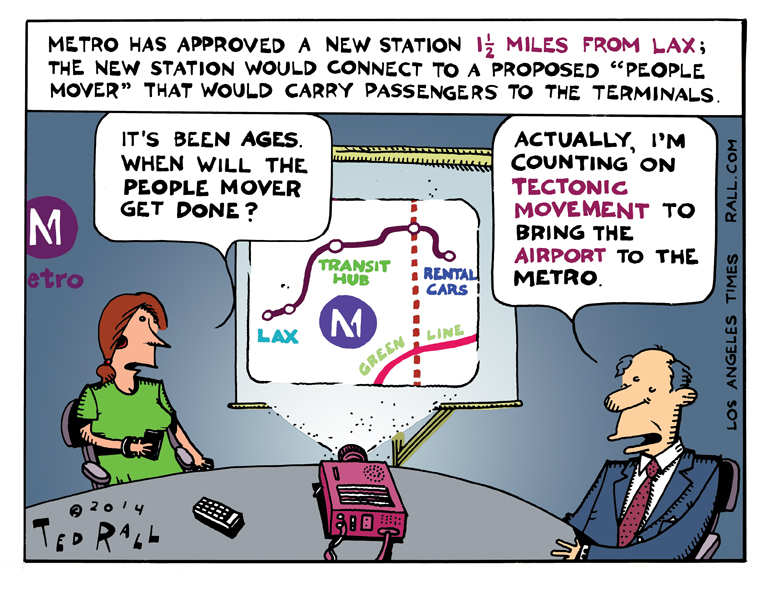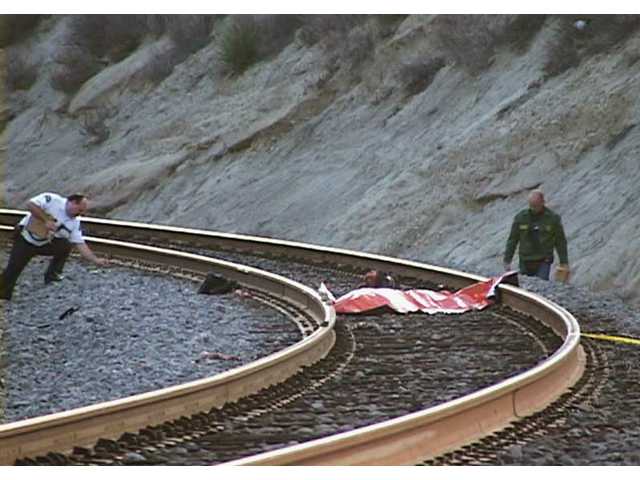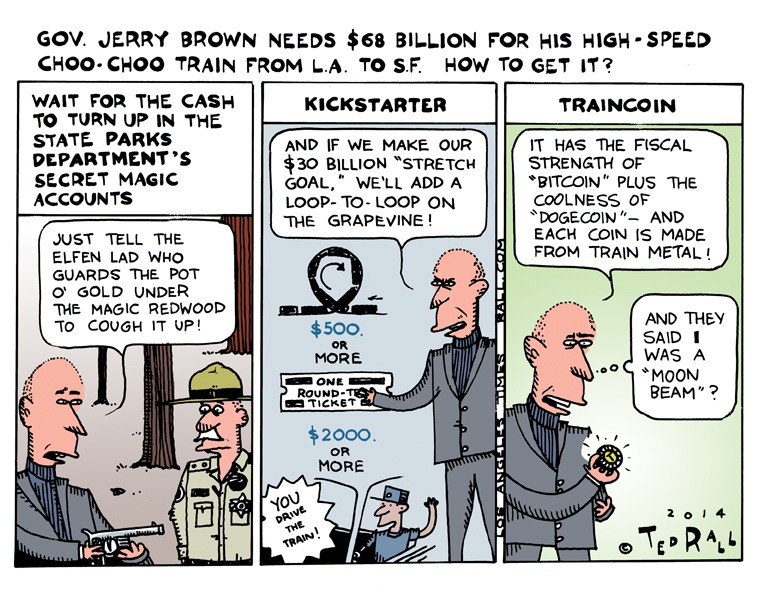Originally published by ANewDomain.net:
According to the National Transportation Safety Board, an Amtrak commuter train that derailed at a sharp curve in Philadelphia was traveling 107 mph when it derailed. That’s twice the local speed limit. It must have seemed great before the disaster, especially to Northeasterners accustomed to frequent long delays on the Washington to New York corridor. The crash injured 200 and left seven dead Tuesday. There were 240 people on the train at the time of the crash.




